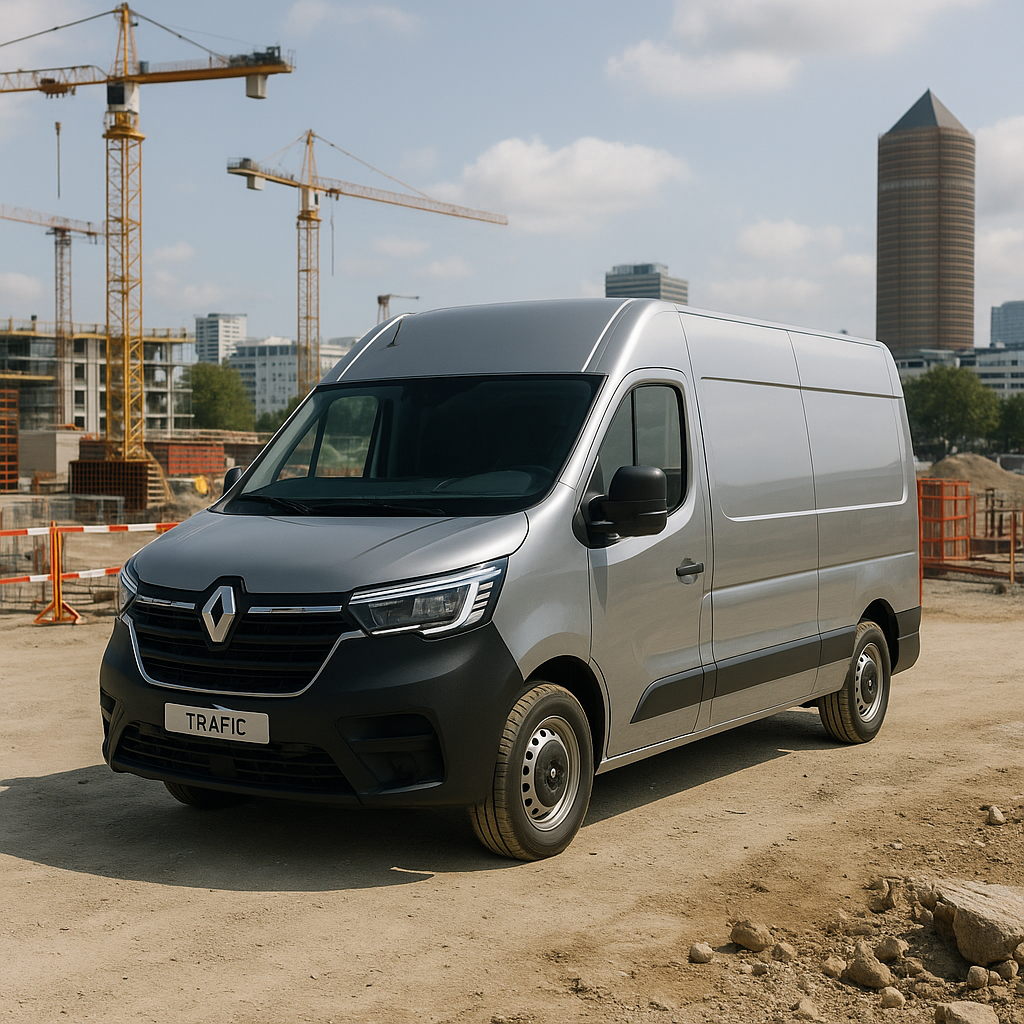The Renault Trafic: A Versatile Light Commercial Vehicle
The Renault Trafic is a light commercial vehicle (LCV) produced by the French automaker Renault since 1980. Designed to meet the needs of professionals and businesses, the Trafic has evolved through multiple generations, offering various configurations and powertrains. Its adaptability and reliability have made it a popular choice in the LCV segment across Europe and beyond. Over the years, the Trafic has been marketed under different names and brands, including Opel/Vauxhall Vivaro, Nissan Primastar, and Fiat Talento, reflecting its collaborative development with other manufacturers.
First Generation (1980-2001)
The first-generation Renault Trafic was introduced in 1980 as a replacement for the Renault Estafette. It featured a front-engine, front-wheel-drive layout and was available in various body styles, including panel van, minibus, and pickup truck. Engine options ranged from 1.2 to 2.5 liters, encompassing both petrol and diesel variants. In 1984, a four-wheel-drive version was introduced, utilizing a part-time system coupled with the diesel engine and a five-speed manual transmission. The Trafic underwent several facelifts during its production run, with significant updates in 1989 and 1995, enhancing its design and functionality.
Second Generation (2001-2014)
Launched in 2001, the second-generation Trafic resulted from a joint venture between Renault, Opel, and Nissan. This collaboration led to the production of the Opel/Vauxhall Vivaro and Nissan Primastar, which shared the same platform and design. Manufacturing took place in various locations, including GM's Luton plant in the UK and Nissan's facility in Barcelona, Spain. The second-generation Trafic offered improved cabin space, comfort, and a range of diesel engines with outputs between 82 and 135 horsepower. A mild facelift in 2006 introduced design tweaks and updated features, maintaining the model's competitiveness in the market.
Third Generation (2014-Present)
The third-generation Renault Trafic debuted in 2014, featuring a modernized design and enhanced functionality. It continued to be rebadged and sold as the Opel/Vauxhall Vivaro and Nissan NV300/Primastar. The Trafic offered various configurations, including different wheelbase lengths, roof heights, and body styles to cater to diverse professional needs. Engine options included 1.6-liter and later 2.0-liter diesel engines, with power outputs ranging from 90 to 170 horsepower. In 2019, the Trafic received a facelift, introducing a new front design, full LED headlights, and updated interior features.
Electric Variant: Trafic E-Tech
In response to the growing demand for electric vehicles, Renault unveiled the Trafic E-Tech Electric at the IAA Transportation show in Hannover in 2022. This all-electric version is based on the diesel-powered Trafic, maintaining similar dimensions and load capacities. It is equipped with a 52 kWh underfloor battery pack, supplying energy to a 90 kW (122 hp) motor, offering a range of approximately 240 km (149 miles) on the WLTP cycle. Charging options include a 7 kW AC unit for domestic charging, a 22 kW AC charger for rapid public charging, and an optional 50 kW DC charger for faster charging needs.
Configurations and Features
The Renault Trafic is available in multiple configurations to suit various professional requirements. These include panel vans, crew vans, passenger vans, and platform cabs. The vehicle offers a load volume ranging from 5.8 to 8.9 cubic meters, with a maximum load length of up to 4.15 meters in the extended L2 model. Interior features have evolved over time, with recent models offering a mobile office setup, including a fold-down center seat, laptop stand, and ample storage compartments. Safety features have also been enhanced, with the inclusion of driver-assistance systems such as adaptive cruise control, lane departure warning, and emergency braking.
Production and Global Presence
The Renault Trafic has been produced in various countries, including France, the United Kingdom, and Spain, reflecting its global appeal and demand. The vehicle has been sold under different brand names due to collaborations with other manufacturers, such as the Opel/Vauxhall Vivaro, Nissan Primastar, and Fiat Talento. These partnerships have allowed the Trafic to reach a wider market and adapt to regional preferences. In 2022, Renault Trucks began marketing the Trafic under its brand, further expanding its presence in the commercial vehicle sector.
Market Performance
The Renault Trafic has consistently performed well in the light commercial vehicle market. In 2024, Renault maintained its leadership in the European LCV segment, with models like the Trafic contributing significantly to its market share. The vehicle's versatility, reliability, and continuous updates have ensured its competitiveness against rivals such as the Ford Transit and Volkswagen Transporter. The introduction of the electric Trafic E-Tech aligns with the industry's shift towards sustainable mobility solutions, positioning Renault to meet future market demands.

